Secrets of propagating roses by cuttings
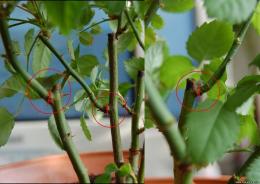
Roses are one of the most common and beloved flower crops. Reproduce They can be grown quickly and easily using cuttings. This method has its advantages and disadvantages. But first things first.
Content:
Advantages and disadvantages of cuttings
Like any other method of propagation, cuttings have both positive and negative aspects. The advantages of this method include the following:
- Financial inclusion
- Simplicity of the procedure
- Acclimatized planting material
- Lack of root shoots
Among the disadvantages of this method of propagation, it is worth noting that self-rooted roses grown from cuttings are less winter-hardy compared to grafted ones.
Preparation of rose cuttings
Cuttings of roses can be carried out in two terms. The first is mid-summer, the second is autumn. Summer cuttings usually more successful. Therefore, it will be discussed below. The best time to take cuttings is considered to be the period before and during flowering.
At this time, the largest amount of nutrients is concentrated in the shoots and therefore they take root faster and better.
Basic rules for procurement
There are the following rules for cutting planting material:
- Shoots should be selected that are healthy and without visible damage.
- The buds on the shoots must be well formed.
- Each cutting should have at least 2-3 buds.
- To avoid unnecessary injury to shoot tissue, only use a sharply sharpened knife.
- After harvesting, begin rooting the cuttings. Depending on the preferences of the grower, this can be done in several basic ways.
Basic rooting methods
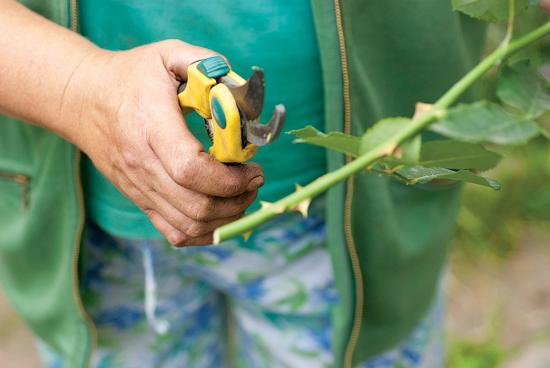
Immediately after harvesting, the cuttings should be prepared for rooting. They do this as follows:
- Remove the lower leaves completely and shorten the upper ones by half.
- Remove all thorns.
- Cuttings tied into bundles and placed in a solution of root formation stimulants for 24 hours.
- Next, depending on your capabilities and preferences, you can root the planting material in water, soil, vermiculite or in open ground.
Rooting in water
For rooting, it is best to use chilled boiled water. It will need to be changed as often as possible. To prevent the cuttings from rotting, you can put a piece of coal in the water. The cuttings should not be immersed deeply in water; just a couple of centimeters is enough.
If the conditions are met, after 2-3 weeks a cone-shaped thickening appears on them - callus. It is the germ of future roots. After its formation, the cuttings need to be planted in the ground. You should not delay this, as the developing roots will lack oxygen.
Rooting in soil
The fastest and easiest way to root. For it, you need to prepare planting containers with the obligatory arrangement of drainage made of expanded clay or small stones. A layer of soil for roses is poured on top of it; you can also use universal soil for growing seedlings. If they are not available, even clean river sand will do.
The depth of planting the cuttings into the substrate should be no more than 2-3 cm.The planted cuttings must be sprinkled with water and covered with a plastic bag to create a greenhouse effect. Containers with cuttings are placed in a warm, well-lit place without direct sunlight. For successful rooting, cuttings require high air humidity, so they must be periodically sprayed with warm water.
Video about growing roses from cuttings:
On average, the rooting process lasts about a month. The success of the process can be judged by the appearance of small sprouts. After their appearance, the cuttings need to be accustomed to the open air. To do this, the bags are first removed for 10-15 minutes, and then this time is gradually increased and at the end they are removed completely. When warm, stable weather sets in, seedlings can be plant to a permanent place. At first, it is recommended to shade young plants.
Rooting in vermiculite
You can also root rose cuttings in vermiculite. If the conditions are met, the rooting percentage reaches almost 100%. For planting, you can use any plastic containers of suitable volume. To do this, they must have drainage holes to drain excess water. Then the containers are filled with perlite, which is then well moistened.
The depth of planting the cuttings should be no more than 2 cm. After which the containers are closed with a plastic bag and placed on the window. From time to time you need to check the perlite for moisture and, if necessary, moisten it.
Rooting in open ground
If necessary, rose cuttings can also be rooted in open ground under plastic bottles. Cuttings for this method are prepared in the usual way. For rooting, you need to choose a shaded place without direct sunlight.Planting in a completely shaded area is also not recommended.
Light and nutritious soils are best suited for rooting. If the soil is heavy enough, you can add sand to it before planting. The cuttings should be stuck into the soil slightly obliquely, while deepening the lower buds.
The top is covered with cut-off plastic bottles. In the absence of precipitation soil they are watered around them. If the conditions are met, the first shoots will appear on the cuttings in about a month. For the winter, the bottles are covered with a layer of fallen leaves or sawdust. They are finally removed only in the second year of cultivation.
Cutting Burrito
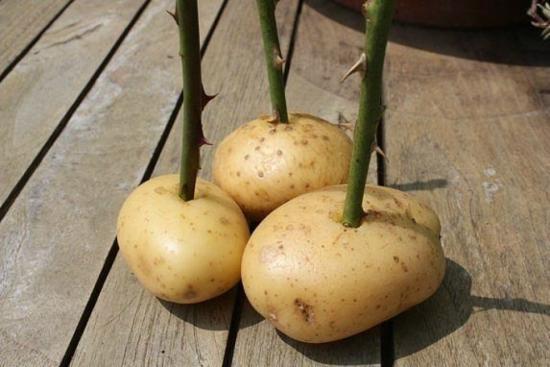
For this method, cuttings need to be prepared somewhat thicker and longer than for other methods. The leaves are completely removed. After this, we tie the planting material into bundles and wrap it in newspaper. After this, we moisten the bundle well and place it in a plastic bag.
After this, leave the bundle alone for two weeks, placing it in a place with moderate temperature. After this time, it needs to be deployed and the planting material inspected. Usually, during this time, callus has already formed on most cuttings. After this, the cuttings can be planted in any convenient way.


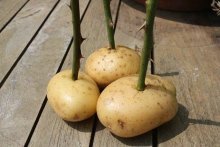
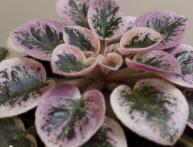




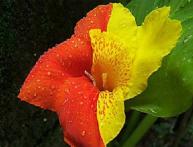


Comments
Roses, of course, can be propagated by cuttings, but their frost resistance will be low. Therefore, it is better to graft a cultivated rose bud onto a rose hip and then the flower will be quite winter-hardy.